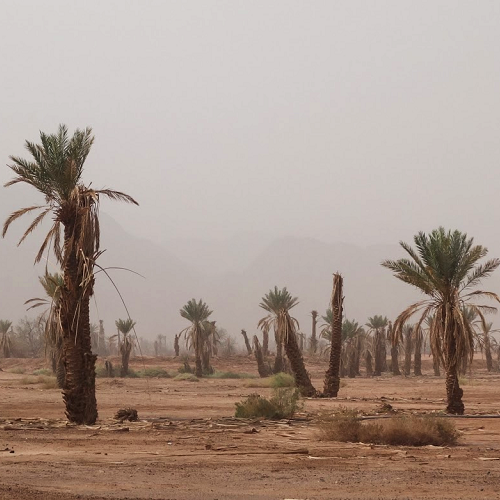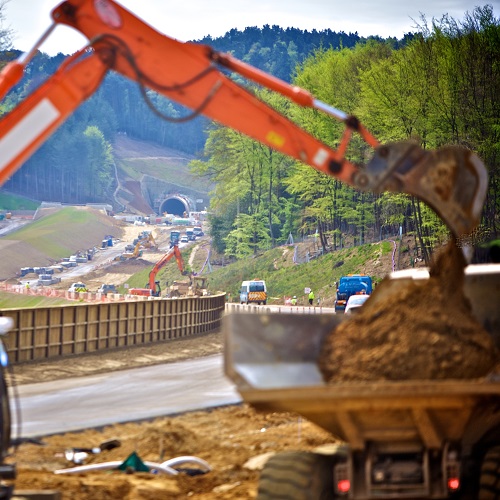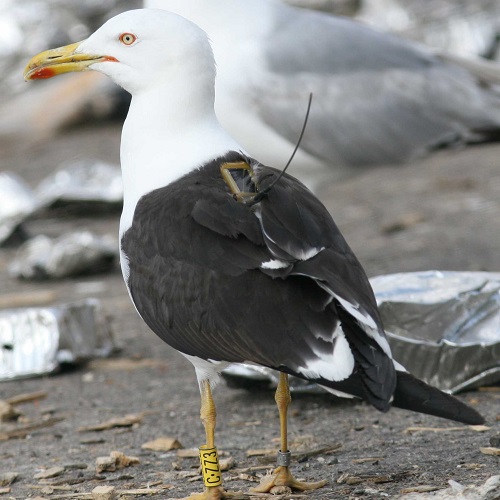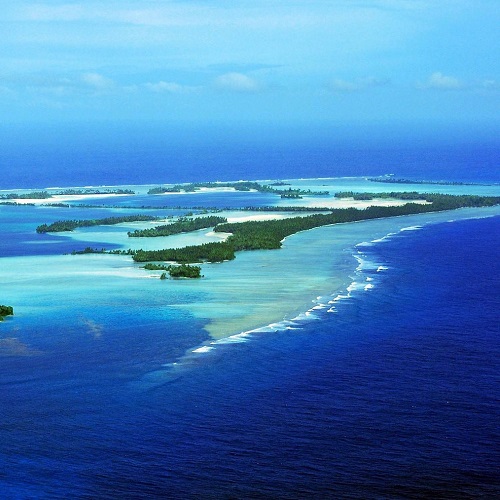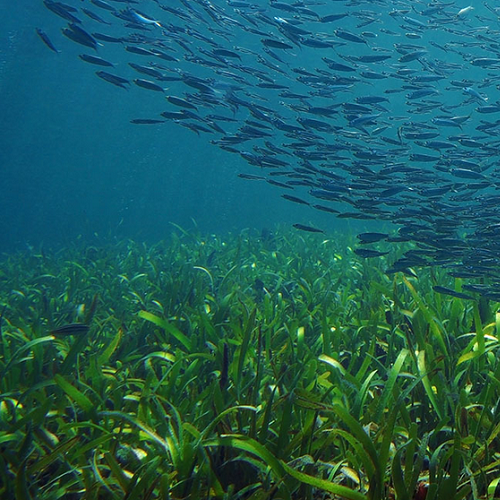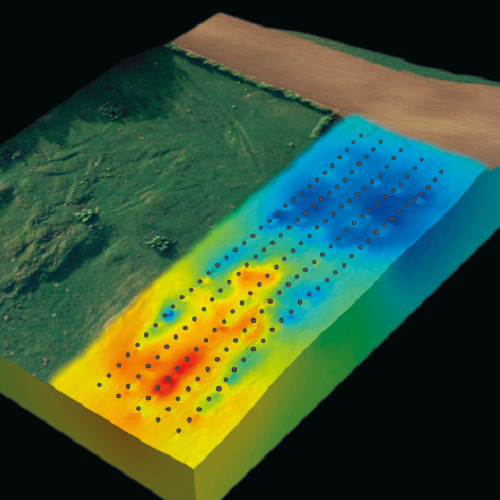Climate change may drive the emergence of disease epidemics with severe ecological and economic consequences. Freshwater ecosystems, and their iconic inhabitants such as salmonid fish, are among the most threatened by anthropogenic change – disease emergence further endangers their biodiversity. To improve the resilience of salmonid populations to future disease threats, this project aims to […]
Read More
Understanding the mechanisms and evolution of drought tolerance in plants is crucial to support the development of drought-tolerant crops, assess the vulnerability of wild species to climate change, and ensure that drought-tolerant genotypes are included in conservation programmes. Comparative studies including model crop species and their more variable wild relatives show great potential to progress […]
Read More
Growing awareness of the rapid rate of biodiversity loss, and the ultimate impacts on human wellbeing, has resulted in increasing policy commitments that infrastructure development should deliver a Net Gain in biodiversity. Biodiversity Net Gain (BNG) is development that leaves biodiversity in a measurably better state than before by avoiding and minimize impacts, before restoring […]
Read More
Weather patterns are changing across the globe, and these changes may affect populations of animals. For coastal seabirds, it seems likely that associated changes in precipitation levels and wind characteristics could impact their ability to find and locate prey, and therefore feed themselves and chicks. For example, variations in precipitation change levels of freshwater input, […]
Read More
The Benguela upwelling system supports fisheries that are key marine resources of the developing nations of South Africa and Namibia. Benguela fisheries yield has experienced large fluctuations over the last few decades as a result of fishing and ocean dynamics. In particular, recent results from satellite data and ocean models suggest that the vigorous eddy […]
Read More
The emergence and spread of antimicrobial resistance genes (AMR) amongst pathogenic microorganisms is one of the greatest health issues of this century. Over-use of antibiotics in treating humans and livestock are both well established as sources of AMR but a third source of AMR comes from the natural environment. In particular, it has been found […]
Read More
Tropical reef-building corals are vulnerable to breakage by waves and some corals also asexually reproduce via fragmentation. Early descriptions of coral reefs noted the ability of these coral fragments to form expansive rubble beds, but their functional role as a habitat within the broader reef-scape has been largely ignored. We know very little about the […]
Read More
Successful invasive species often escape top-down pressure in the early stages of invasion. However, emerging evidence suggests that over time local animal consumers can adapt to control and moderate non-natives by incorporating invading species into their diets. These adaptations by local consumers are likely to be mediated by mutualistic intestinal microbes. Seagrasses of the Zostera […]
Read More
Coral reef ecosystems are in a state of change. Increasingly frequent and severe disturbances, and escalation of human interactions, are transforming many tropical coral reefs. At the same time, species are extending their ranges toward higher latitudes at remarkable pace, with tropical species encroaching temperate rocky reef environments. Despite these changes to the organisation of […]
Read More
Are you looking to transfer your experience of computational methods to tackling some important Earth science problems? We are interested in imaging the shallow subsurface (the top 100m of the Earth’s crust – the bit we rely on for water and many other resources and the bit that can change rapidly, e.g. a landslide, and […]
Read More


